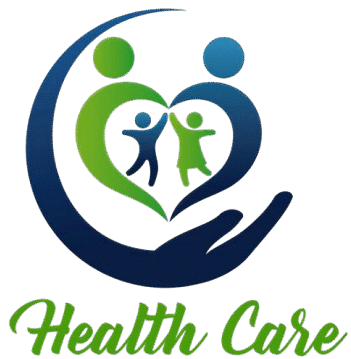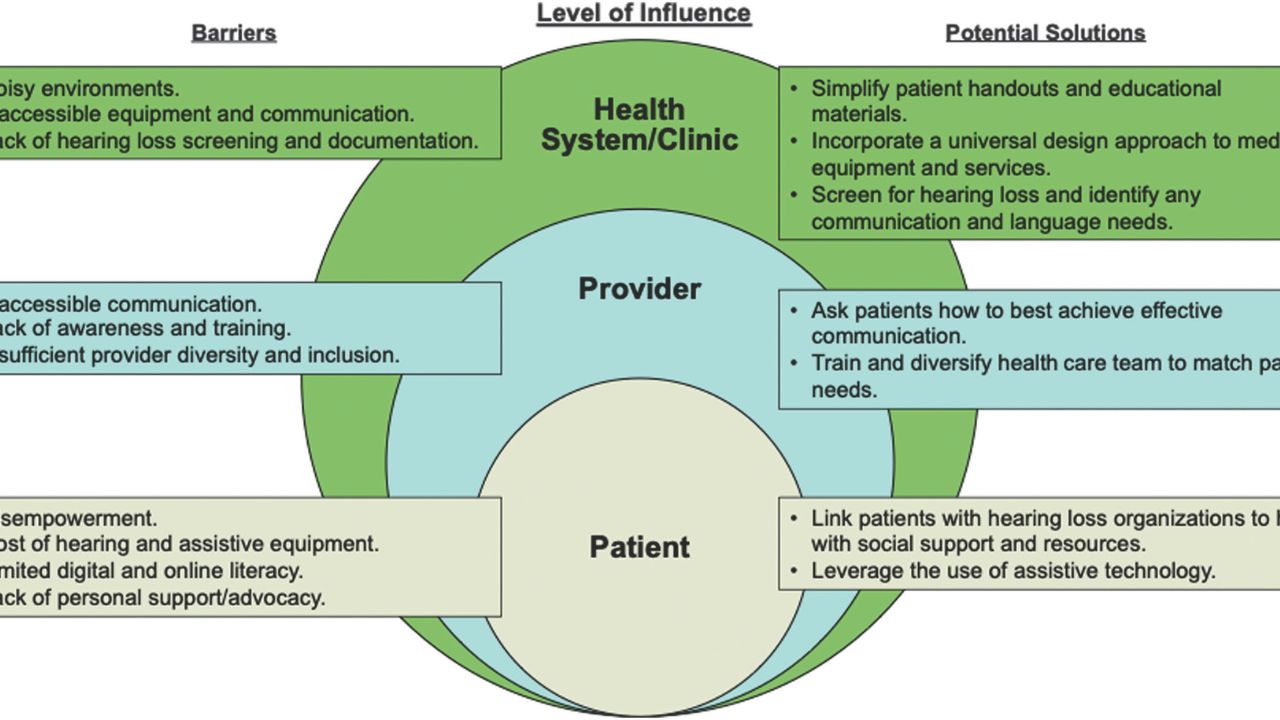When it comes to treating coronary artery disease (CAD) and related heart conditions, both anti-clotting medications and angioplasty are vital tools. However, they serve different purposes, and their effectiveness depends on the specific clinical scenario.
Understanding the Treatments
Anti-Clotting Drugs (Anticoagulants and Antiplatelet Agents)
Purpose:
These medications prevent the formation of blood clots that can block coronary arteries. They are primarily used to reduce the risk of clot formation, especially in patients with unstable angina, recent heart attacks, or those at high risk of clotting.
Common Drugs Include:
- Aspirin
- Clopidogrel (Plavix)
- Ticagrelor
- Warfarin
- Newer anticoagulants like rivaroxaban, apixaban
Mechanism:
They inhibit platelet aggregation or interfere with the coagulation cascade, reducing clot formation.
Advantages:
- Non-invasive
- Suitable for long-term use
- Can be prescribed for patients who are not candidates for invasive procedures
Limitations:
- Cannot directly open blocked arteries
- Risk of bleeding complications
- May not be sufficient for severe blockages requiring mechanical intervention
Angioplasty (Percutaneous Coronary Intervention – PCI)
Purpose:
A minimally invasive procedure designed to physically open blocked coronary arteries, restoring blood flow.
Procedure:
- Insertion of a catheter with a balloon at the tip into the narrowed artery
- Balloon is inflated to compress plaque against the artery walls
- Often followed by placement of a stent to keep the artery open
Advantages:
- Immediate restoration of blood flow
- Symptom relief (e.g., chest pain)
- Reduces risk of heart attack in the short term
Limitations:
- Invasive procedure with associated risks (bleeding, artery damage)
- Possible restenosis (re-narrowing of the artery)
- Not suitable for all patients, especially with complex or diffuse disease
Are Anti-Clotting Drugs as Effective as Angioplasty?
Short Answer:
No. Anti-clotting drugs and angioplasty are not interchangeable; they serve complementary but distinct roles.
When Are Anti-Clotting Drugs Sufficient?
- Stable Angina: Patients with predictable chest pain and no significant blockage may be managed effectively with medications, including anti-clotting agents.
- High-Risk Patients: Those who cannot undergo invasive procedures due to comorbidities may rely on medication therapy.
- Post-Heart Attack or Post-Angioplasty: To prevent re-thrombosis and restenosis, anti-clotting drugs are often used alongside invasive procedures.
When Is Angioplasty Indicated?
- Acute Coronary Syndromes (e.g., ST-elevation myocardial infarction): Rapid intervention to open the blocked artery is critical.
- Significant Blockages: Detected via imaging or stress testing that cause symptoms or pose risks.
- Failed Medical Therapy: When medications alone do not alleviate symptoms or prevent events.
Clinical Evidence and Guidelines
Numerous studies have shown that angioplasty combined with antiplatelet therapy is highly effective in restoring blood flow and preventing heart attacks in patients with significant artery blockages. Conversely, medication-only approaches may be adequate for some patients with less severe disease or those contraindicated for invasive procedures.
Conclusion
- Anti-clotting drugs are crucial for preventing clot formation and managing certain heart conditions but do not physically unblock arteries.
- Angioplasty provides immediate mechanical relief of blockages, significantly reducing the risk of heart attack in appropriate cases.
- Optimal treatment often involves a combination of both strategies—medical therapy to stabilize plaque and prevent clotting, along with invasive procedures to address severe blockages.
In summary: Anti-clotting drugs are not as good as angioplasty for physically opening blocked arteries, but they are an essential component of comprehensive heart disease management. The choice between medication and intervention depends on individual patient factors, severity of disease, and clinical judgment.



